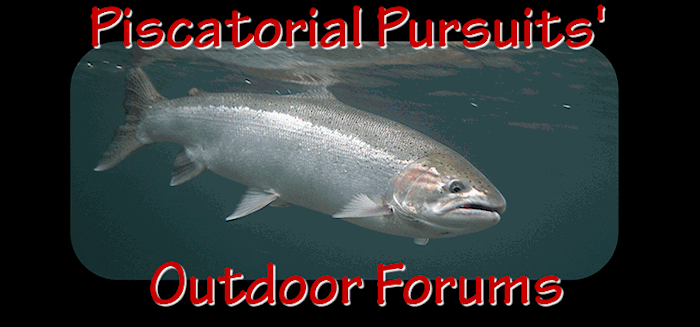Call me ignorant or naive, but if WDFW is going to significantly reduce the output of Chinook in the GH watershed, they also have to signficantly reduce the harvest of Chinook in GH. If there are no hatchery Chinook in the GH watershed, the levels of harvest would reflect the level of WILD Chinook adult abundance that exceeds the level necessary to seed the spawning grounds (with wild fish). As I see it, harvest would almost end. Certainly commercial harvest would vanish, and recreational fishing would be very limited. Tribal harvest would likely be small given that the harvestable levels of Chinook would also be fairly small.
If, in the future, the GH wateshed is restored to the point where there is a harvestable surplus of wild fish, then a reasonably modest fishery (sport/Tribal) could be established. Those are good reasons to help restore the watershed, and to reduce the stocking of hatchery fish. But with continued high levels of stocking, there is less incentive to restore habitat, and even more incentive to continue high levels of commercial, sport, and Tribal harvest. All to the detriment of the wild stocks.
Sorry, but I'm not sure that a serious reduction in stocking in some watersheds is both necessary and useful if we are going to continue to have healthy runs of wild Pacific salmon.
I have a different opinion for those watersheds that are seriously damaged by hydropower development, and hatcheries are needed to replace the productivity lost to the dams. But that's another issue.....
Edited by cohoangler (09/26/11 04:02 PM)
Edit Reason: typo













 Previous Topic
Previous Topic Index
Index


